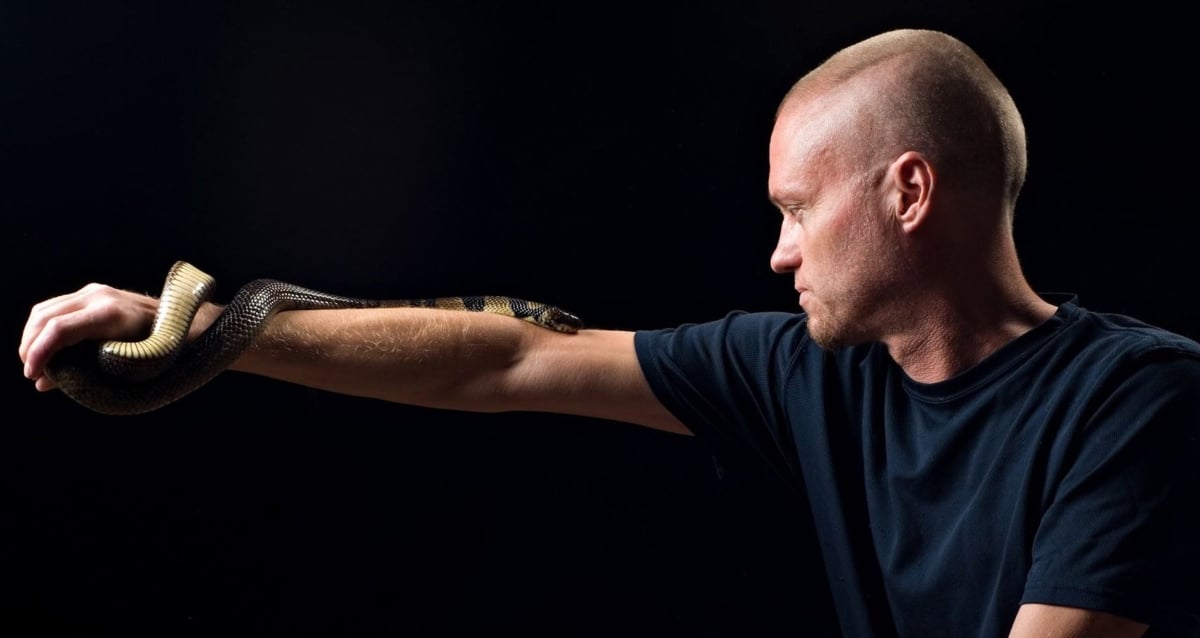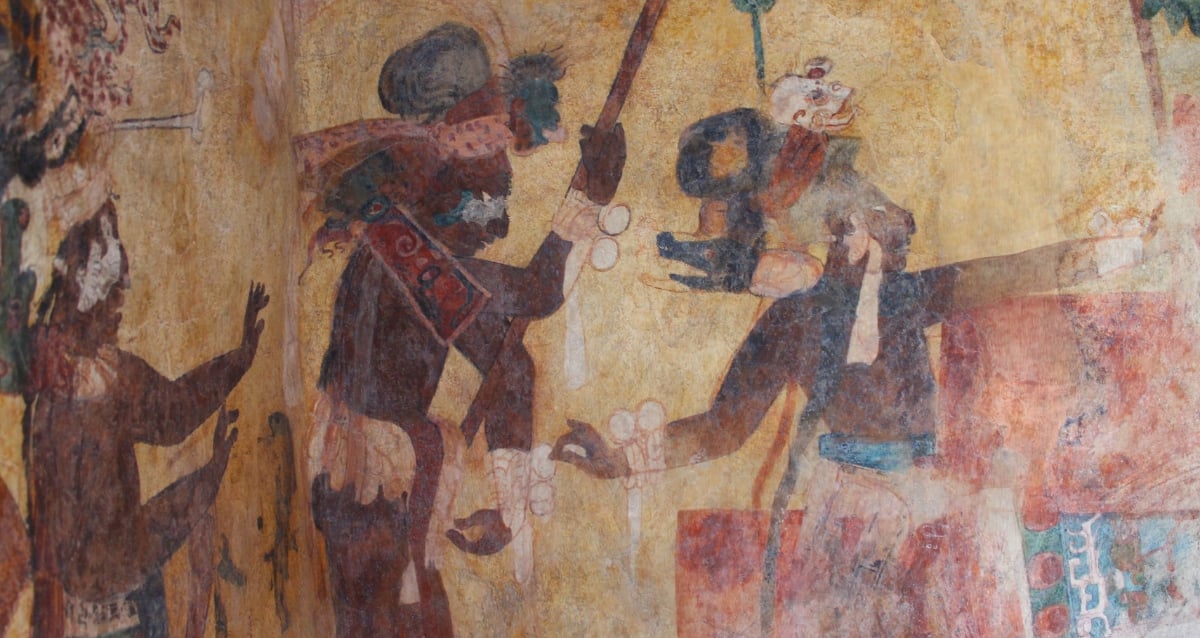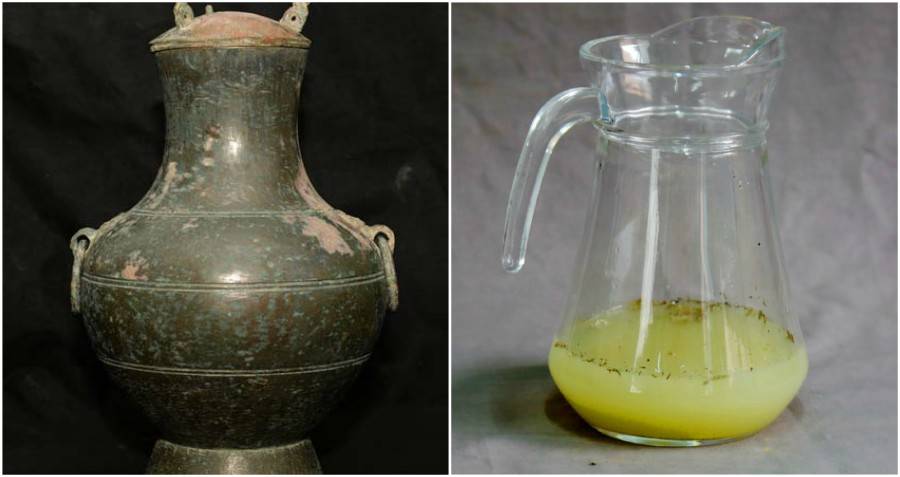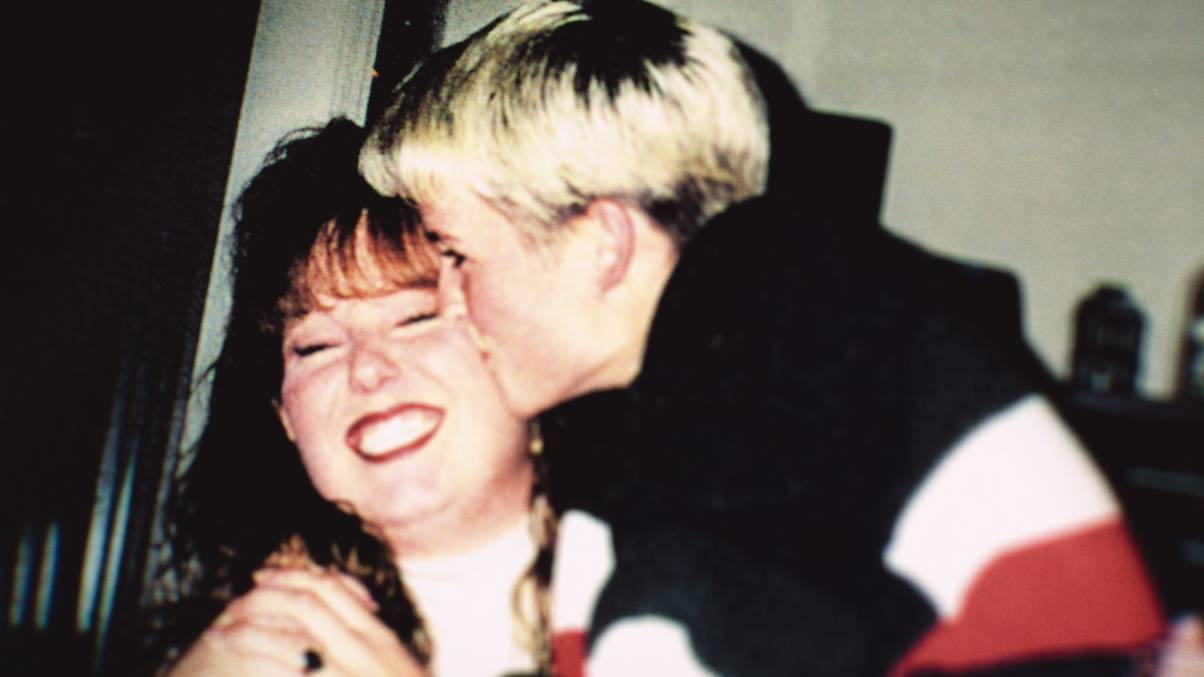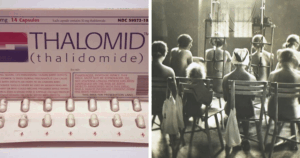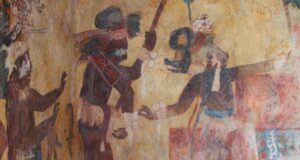How One Wisconsin Man’s Shocking Dare Sparked a Breakthrough in Universal Antivenom Research
“Immediately I was like, ‘If anybody in the world has developed these broadly neutralizing bodies, it’s going to be him,’ and so I reached out,” Glanville said. “The first call, I was like, ‘This might be awkward, but I’d love to get my hands on some of your blood.’”
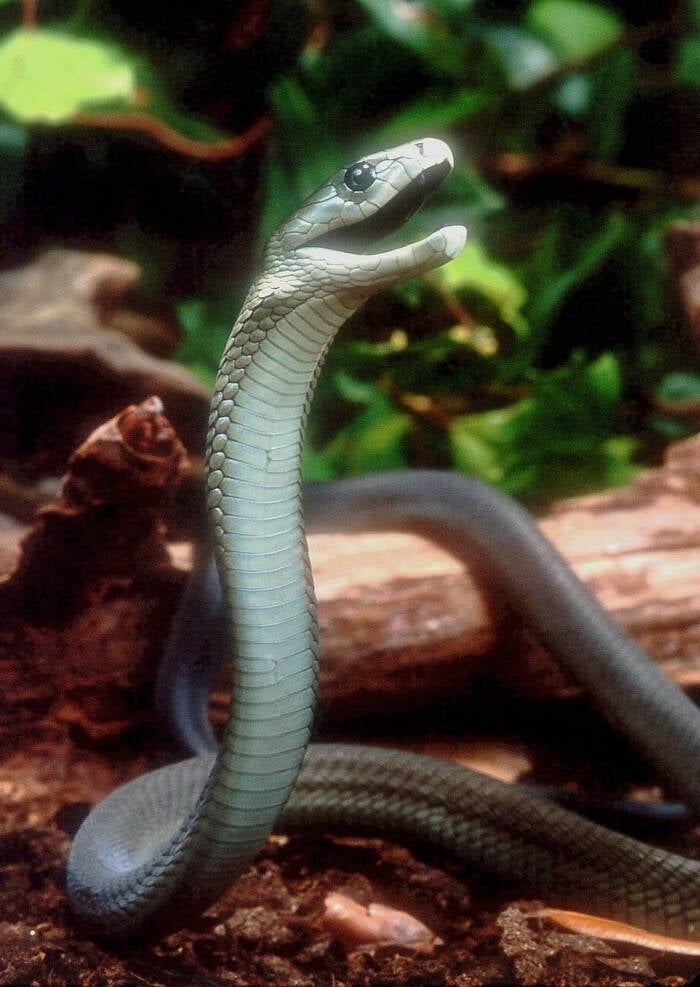
Bill Love/Blue Chameleon Ventures/Wikimedia CommonsA black mamba, one of the deadliest snakes in the world.
Friede responded, “I’ve been waiting years for this phone call.”
Since the researchers were only going to be taking Friede’s blood and not administering more venom, the project was given ethical approval. Two years later, Glanville met structural biologist and vaccine researcher Peter Kwong at a Gates Foundation dinner, and they quickly realized they shared an interest in developing the antivenom.
“He was interested in my technology,” Kwong said. “I was interested in the antibodies that he had pulled out.”
Together, they got to work. They picked 19 elapids (a specific family of venomous snakes) identified by the World Health Organization as being among the deadliest snakes on the planet and then worked to pull antibodies from Friede’s blood to neutralize two classes of neurotoxins. In combination with a molecule that could target a third, they created their antivenom cocktail.
They tested the cocktail on mice, finding that the animals survived doses from 13 of the 19 species of venomous snakes, with partial protection against the remaining six.
“These are the most poisonous elapids out there that kill horses, and we can handle 13 of them,” Kwong said.
